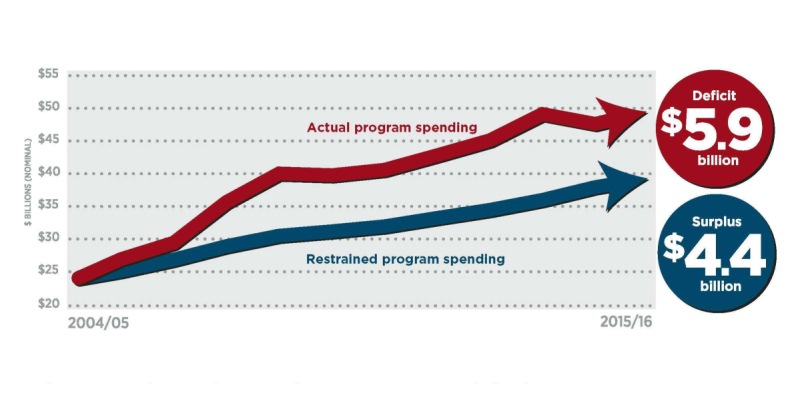The new Alberta government has delayed introducing a budget until the fall, so MLAs will have plenty of time to think about how they’ll collect and spend Albertans’ money.
alberta budget
Premier Jim Prentice dropped hints for months that the 2015 provincial budget was a once-in-a-generation chance to “fix” Alberta’s finances.
In Alberta, to cushion the blow from falling revenues, some claim higher taxes will balance the books. How soon we forget. Alberta tried that in the late 1980s. It didn’t work.
The severity of Alberta’s fiscal problems hit home with many Albertans this week as Premier Prentice announced that the upcoming provincial budget will include an across-the-board five per cent spending cut.
Alberta Premier Jim Prentice has warned Albertans that the current fiscal year’s projected surplus has turned into at least a $500 million deficit and that next year’s budget will sink deeper into red-ink territory.
After governments abandon fiscal prudence, they will soon search for any and all ways to tax people more. This is the reality playing out in Alberta where Premier Jim Prentice has floated multiple tax increase trial balloons.
With oil prices plunging and provincial resource revenues expected to drop, Alberta’s red ink will rise. In response, Premier Jim Prentice has floated the notion of a provincial sales tax and/or hikes in other taxes.
Forty-one billion dollars. That’s the extra amount, over and above what was needed to keep pace with population growth and inflation between 2006 and 2013, this to fund Alberta government program spending in those years.
Alberta Premier Jim Prentice is in the midst of formulating his first budget and the fiscal path of the province while watching oil prices continue to decline.

